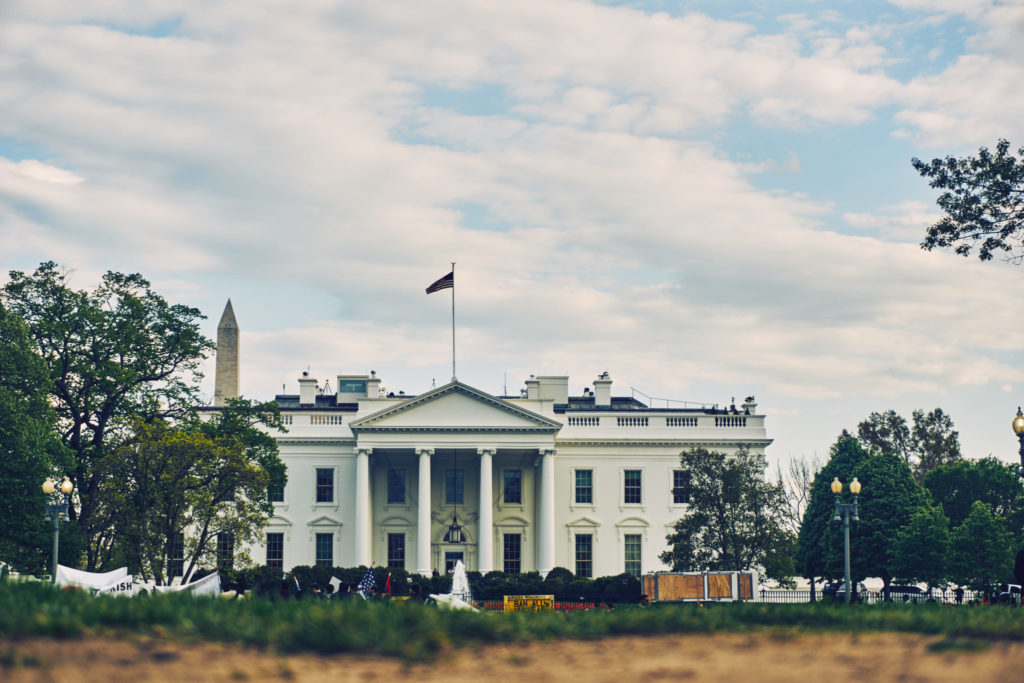Early reports indicated that President Trump’s budget proposal for the Department of Health and Human Services would take into account the American Health Care Act’s $800 billion in Medicaid cuts. As it turns out, the hypothetical effect of that yet-to-be-passed bill was only the beginning.
In its 2018 HHS budget proposal, the Trump administration called for an additional $610 billion in Medicaid cuts through fiscal year 2027, primarily by instituting either a block grant or a per capita cap for states’ Medicaid budgets beginning in fiscal 2020.
“The Budget fulfills the President’s pledge to give states the resources and flexibility they need to care for the most vulnerable in their communities through Medicaid,” the proposal reads.
Though the document was slated for official release Tuesday, along with the rest of the federal government’s budget, the administration posted the text of the HHS portion Monday night, only to quickly take it down, according to the Washington Post. The Post and other news outlets preserved the document online for full view.
Skilled nursing facilities received scant mention in the 108-page document, entirely within the section on Medicare. Trump’s plan does not include any direct cuts to the Medicare program.
The American Health Care Association and the National Center for Assisted Living issued a statement that condemned the cuts but also preached patience.
“As the budget process continues on Capitol Hill, it is critical that Congress takes steps to ensure Medicaid funding will meet the needs of seniors and individuals with disabilities,” the organizations’ president and CEO Mark Parkinson said in the statement, noting that the groups plan to continue their review of the proposal.
“Drastic Medicaid cuts like those included in this budget would jeopardize access to care for the most vulnerable in our society,” Parkinson’s statement continued. “Protecting the frail and elderly is important both today and in the coming years when demand will dramatically increase.”
The full document is the clearest enumeration yet of the administration’s view of health care, with an emphasis on massive spending reductions, “personal responsibility,” and a clear preference for states over the federal government.
“This proposal will free states to advance solutions that best serve their unique populations — for example, encouraging work, promoting personal responsibility, and meeting the spectrum of diverse needs of their Medicaid populations,” the document reads. “States, as administrators of the program, are in the best position to assess the unique needs of their populations.”
Before he announced his candidacy for president in June 2015, Trump called out fellow Republican hopeful Mike Huckabee, claiming to have been “the first & only potential GOP candidate” to promise zero cuts to Social Security, Medicare, and Medicaid.
As the Post pointed out, the posted-then-pulled budget plan also seeks significant cuts to a bevy of government health agencies and programs, including the National Cancer Institute ($1 billion), the Centers for Disease Control ($1.3 billion), and the Children’s Health Insurance Program (20% over the next two years).
In a press briefing Monday, budget director Mick Mulvaney dubbed the plan a “taxpayer-first budget,” framing the proposal as beneficial to working families because it would reduce spending on programs deemed ineffective.
“For the schoolteacher in Kenosha, Wisconsin, who is trying to raise two kids by herself, save for their college and save for their retirement, isn’t it hard-hearted to go to her and say: ‘Give me money for a program that’s only 6% effective?” Mulvaney asked rhetorically.
He also pointed the finger at recipients of other government assistance programs.
“We need people to go to work. If you’re on food stamps, and you’re able-bodied, we need you to go to work,” he said. “If you’re on disability insurance and you’re not supposed to be — if you’re not truly disabled, we need you to go back to work. We need everybody pulling in the same direction.”
It’s important to note that, much like the original budget blueprint that Trump’s team issued in March, the proposal is closer to a wish list than a viable plan for the federal government’s spending in fiscal 2018. The budget would still have to pass both houses of Congress before it reached the willing president’s desk, and politicians across the spectrum have expressed doubt that the plan will survive in its current form, with Republican Senators John Cornyn of Texas and John McCain of Arizona individually dubbing the budget “dead on arrival.”
Written by Alex Spanko



